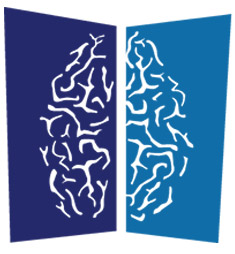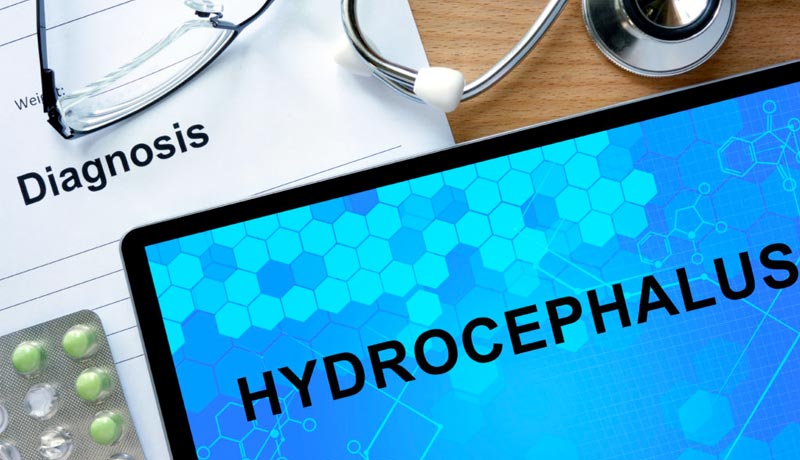During the month of September, the Hydrocephalus Association (HA) invites everyone to celebrate and honor the many faces of hydrocephalus, and to unite with the organization to create a voice of awareness. Hydrocephalus Awareness Month (HAM) is a time that individuals and organizations can work together to support the organization’s mission in eliminating the challenges of hydrocephalus.
Hydrocephalus Awareness Month
During September, individuals and organizations raise awareness through education, advocacy, or in covid-times in 2021, a social media campaign (get involved here). This is particularly important since progress in new treatment methods or means of prevention has not kept pace due to a lack of attention and research funding for this condition.
Hydrocephalus is the most common congenital defect of the brain and spine with 1 in 500 infants born with this condition. Hydrocephalus is often described as ‘water on the brain,’ referencing the Greek origin of the words “hydro” (water) and “cephalus” (head). Rather than water, it is the accumulation of cerebrospinal fluid (CSF).
Although it can occur in adults, hydrocephalus is more common in children, especially infants, and causes potential damage to the brain. However, there are two types: congenital hydrocephalus (present at birth) or acquired hydrocephalus (occurs after birth and at any age). Hydrocephalus is diagnosed through a neurological evaluation and the most advanced cranial imaging techniques.
At Advanced Neurosurgery Associates (ANA), our expert neurosurgeons have helped many children recover from hydrocephalus through surgery. They have successfully treated hydrocephalus through shunting techniques and the minimally invasive Endoscopic Third Ventriculostomy (ETV). Read about the inspiring transformation of Hailie Mussinan from New Jersey after she was treated for hydrocephalus.
What Is Hydrocephalus?
Hydrocephalus is a build-up of cerebrospinal fluid (CSF) within the brain’s cavities called ventricles, causing the brain to swell. This fluid can lead to a variety of neurological problems. Although commonly associated with the pediatric population (it is the most common reason for pediatric brain surgery), hydrocephalus affects those of all ages. Its causes include brain injury, infection, tumor, as well as unknown reasons or as part of the aging process. The only treatment for hydrocephalus is surgery, either for the implantation of a shunt, or a process called endoscopic third ventriculostomy (ETV).
For more than 30 years, the Hydrocephalus Association has been providing support and resources, as well as strategic research initiatives. To learn more, you can visit their website to see the yearly awareness campaign.
Why Hydrocephalus Awareness Is Crucial
The difficulty with hydrocephalus is that this disability is often not immediately visually apparent. Many people with this condition look “normal.” Thus, it is sometimes called an “invisible disability.” However, hydrocephalus results in a variety of potential physical and intellectual problems.
Children with hydrocephalus can experience learning disabilities and some level of loss of fine or gross motor skills. They can also have poorly developed social skills. Among the elderly, no apparent visual characteristics of hydrocephalus often leads to going undiagnosed, and the assumption instead of the presence of Alzheimer’s disease or other forms of dementia.
Hydrocephalus—What You Need to Know
The story of hydrocephalus is most effectively told through the number of those it impacts. There is a strong contrast between the need for awareness of this condition and the extent of its commonality. This discrepancy is exemplified by the prevalence of missed diagnoses, especially in the elderly population, and the vast sums of healthcare dollars required for treatment of this condition.
- 1 in 500 infants is born with hydrocephalus.
- Another 6,000 children annually develop hydrocephalus during the first two years of life.
- There are an estimated .75 to 1.5 million individuals (children and adults) with hydrocephalus.
- Adults 50 and over are the fastest-growing segment of the population to be diagnosed with normal pressure hydrocephalus (NPH).
- An estimated 700,000 seniors are living with NPH, but less than 20 percent are properly diagnosed.
- There are over 180 possible causes of hydrocephalus, according to the National Institutes of Health (NIH).
Treatment
There are over 40,000 hydrocephalus operations performed annually (one every 15 minutes). In the past 25+ years, death rates associated with hydrocephalus have decreased from more than 50 percent to less than 10 percent, and the occurrence of intellectual disability has decreased by half.
Ways to Make an Impact
Hydrocephalus Awareness Month is a good time to consider the various ways to make an impact. Some of these include:
- Share statistics and the information in this blog with family, friends and on social media.
- Explore organizations (such as the Hydrocephalus Association) and causes to which you can connect, as well as make donations.
- Explore the various research areas, such as the Hydrocephalus Association’s Hydrocephalus Resource Library. Other educational resources are available here.
- Participate in a walk, road race or other similar event for hydrocephalus awareness and fundraising.
- Send a note to your congressman/woman advocating for hydrocephalus.
You can learn more about hydrocephalus by reading the many informative and inspiring stories on the Advanced Neurosurgery Associates website. Spread the word!

ANA is a team of expert neurosurgeons and medical professionals, who combine their decades of knowledge to provide information, events, and articles on a range of neurological conditions.





1 Comment
[…] Fuente del artículo […]